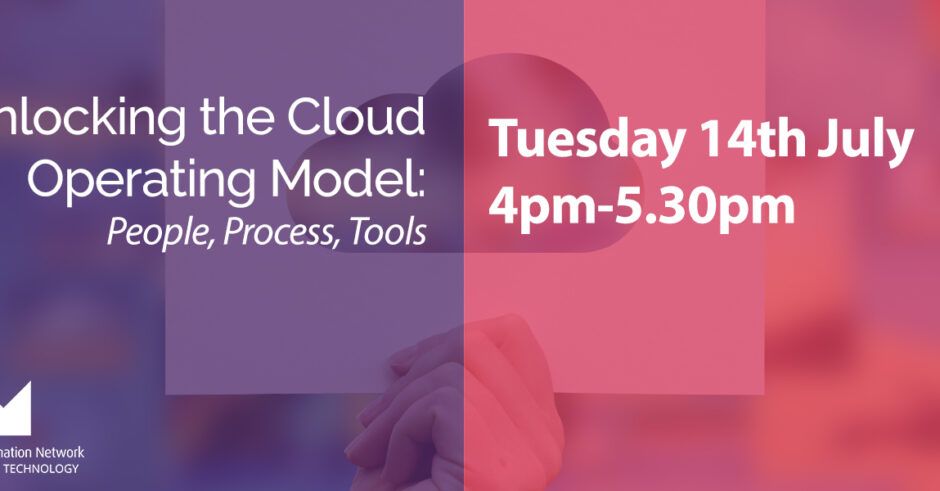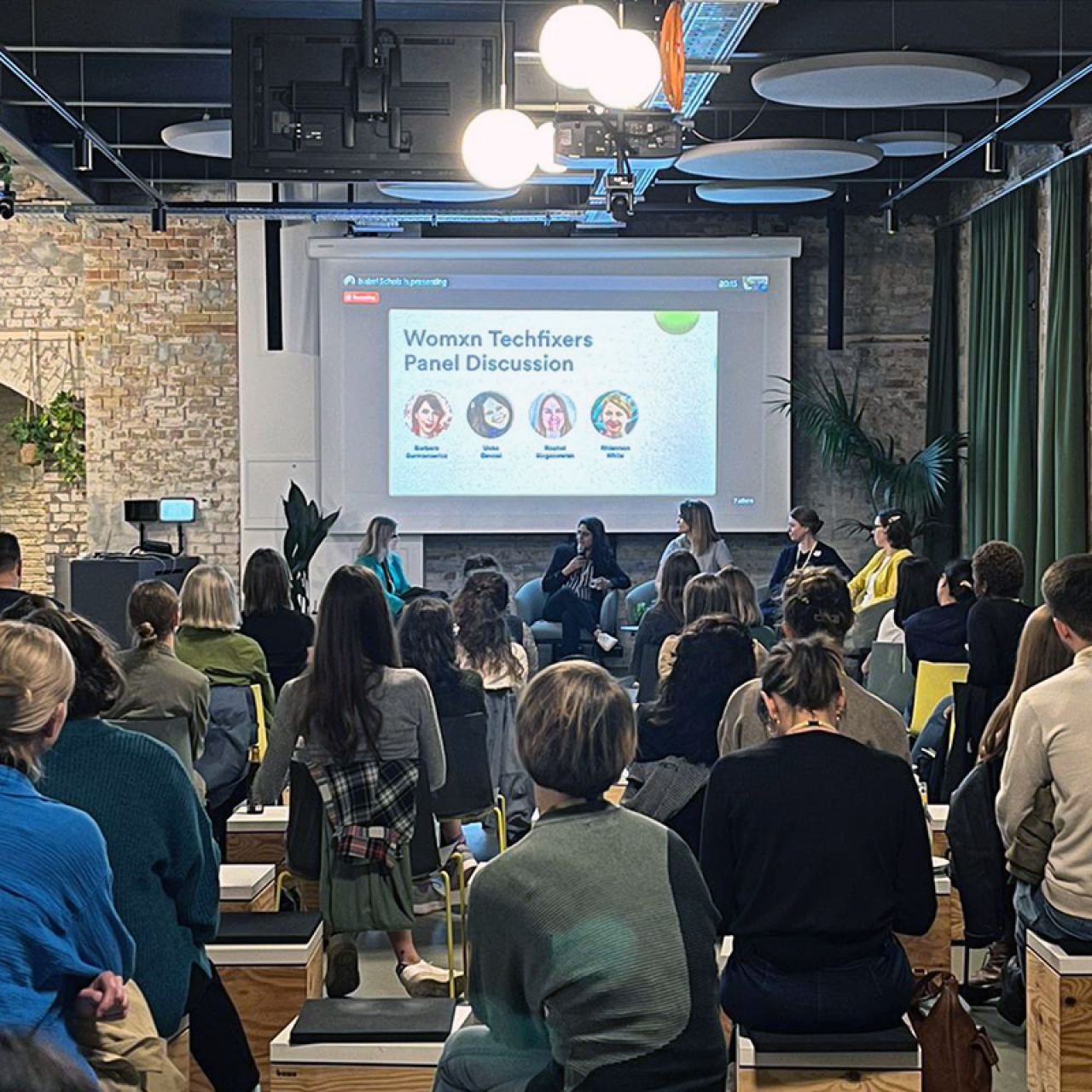The BTN recently partnered with HashiCorp, a global leader in multi-cloud infrastructure automation software, for an invite-only virtual roundtable for senior technology leaders within financial services.
The session was led by Field CTO at HashiCorp, Ray Ploski, a renowned technologist and expert on the enterprise journey to unlock a cloud operating model.
Those in attendance took part in an engaged conversation around the following points of interest:
- What is the cloud operating model and why is it becoming so necessary?
- How can you simplify operations for a multi-cloud reality, where skills can be applied consistently regardless of the target cloud environment?
- What defines digital transformation and what is the goal behind this modernisation effort?
- How do you unlock the value of the unique capabilities of each cloud provider in the pursuit of better customer experience and business value?
For organisations to reap the true value of the cloud, fully embracing the cloud operating model and adapting your people, process, and tools to it has never been more relevant. How can we industrialise the application delivery process across each layer of the cloud environment, namely provisioning, security, networking and deployment?
Ray Ploski started the conversation by looking at some of the focal cloud challenges such as adopting the cloud, refactoring the organisation & culture, self-service, automation & policy and collaboration.
The session was joined by two senior technology leaders within Aviva who took part in the discussion to engage with the group around the journey they have gone on when moving to the cloud, with a focus around learnings, adoption, international scalability and flexibility. There was an early point raised around flexibility and that your operating models are never going to be static, emphasising that you always need to be forward-thinking and working on your operating model and ultimately being flexible. This level of importance of agility flowed throughout the afternoon.
The conversation was kicked off with a discussion around the (virtual) table about whether business executives really understand the challenges of the cloud. Guests alluded to the fact that ‘money talks’ and therefore if the business case of moving to the cloud is as an investment for monetary gain, the questions will always get asked about where savings can be attributed. However, it was quite rightly agreed the CIO/CTO/CISO should drive the change and sell the benefit as one that unlocks a capability within the business structure, rather than focuses on a monetary ROI as the main call-to-action. For whoever is driving the case for change, it would be easier to understand the benefits of moving to the cloud (such as scalability, accessibility and agility) at first, and then move on to showcasing cost benefits later to execs.
As the business unlock is equally as valuable as the technology unlock when moving to the cloud, we need to ensure we are maintaining expectations throughout the journey. People transformation is notoriously difficult in shifting mindset and the cloud transformation will be an ongoing journey, with a key focus around internal skills development. The group discussed the benefits that cloud automation can bring to their businesses such as freeing up time to undertake a more complex task and reductions in the ‘time to change’. As automation decision making is quicker, these decisions are based upon sound technological data and therefore will be ‘good’ rather than ‘looking good’, when a decision is made by a person. Cost and agility transformation maybe your end goal but agility transformation will ultimately reduce your costs, so focusing on the right expectation can prove vital.
The end goal of any business is to provide a product/service that a customer wants/needs and ensuring there is alignment with your business technology and your customer strategy couldn’t be more prevalent. The technology that your business is built on should be aligned with your overall business strategy and unless we bring business language in line with technical language, then as a function there will always be a struggle. Cloud can be the solution for enhancing the next level of customer service and as much it can bring future agility, it can open up doors for innovation and customer experience. Go-to-market speed can be increased as a direct example, which enables the customer to have a service offering ahead of expected.
The discussion moved on to the impact of policy within their cloud journey and the importance of reviewing. A few of the leaders spoke about the importance of re-evaluating what they hadn’t done so well in the past and ‘playing back’ the migrations that maybe hadn’t been delivered so well as a way of benchmarking what good looked like.
The role of the Centre of Excellence (CoE) seemed to play a crucial role in the success of a cloud transformation journey. The use of a CoE to iterate policy standards and have a regular foothold on what ‘good policy’ looks like was discussed in depth around the table. Should we be looking at what the cloud is capable of before looking at policies, or should policies build a culture of cloud innovation?
Many of the experts agreed that putting guardrails in place enable empowerment and freedom for team members to do ‘whatever they want’ but there must be a level of compliance and standards to showcase the freedom within the policies. Cost of development can be low due to standardisation and there being certain aspects being ‘matter of fact’, especially when looking at Containerisation and Kubernetes.
The final point of conversation looked at the role of Key Performance Indicators (KPIs) within technology and especially as part of their CoE/Shared Services model. There was much discussion about what role KPIs actually play and the learnings around how to use them for genuine business benefit. KPIs can be seen as a great model for measuring failure but an interesting component was around the potential to get KPIs back from the business, with regards to technology. Can you measure the speed of your cloud by looking at how much time your applications are in a non-operating state? Can this help you increase efficiencies? Can we look at the velocity of migrations as the success of our cloud transformation and the role of the cloud operating model? The group agreed that learning to use KPIs for the business benefit is pivotal to success during the cloud journey. Stakeholder manager is so important but not a KPI. Aiming for a KPI of 50 release, as an example, is not the KPI to aim for. Understanding where and when to pivot and changing KPIs to where you are on the journey is the only way to truly see the benefits of cloud.
The group concluded that there is always room for improvement within the cloud transformation journey but with a flexible cloud operating model, the right people, a solid business case and an ethos to review, pivot and change at any point, reaping the benefits of the cloud is there to be taken advantage of.
About HashiCorp
HashiCorp is the leader in multi-cloud infrastructure automation software. The HashiCorp software suite enables organizations to adopt consistent workflows to provision, secure, connect, and run any infrastructure for any application. HashiCorp’s open-source tools Vagrant™, Packer™, Terraform, Vault, Consul, and Nomad are downloaded tens of millions of times each year and are broadly adopted by the Global 2000. Enterprise versions of these products enhance the open-source tools with features that promote collaboration, operations, governance, and multi-data center functionality.
To learn more about HashiCorp, their products, and how they can help you thrive in an era of multi-cloud architecture, visit https://www.hashicorp.com or connect with a local representative by clicking here.

